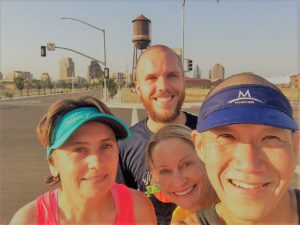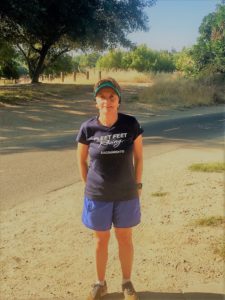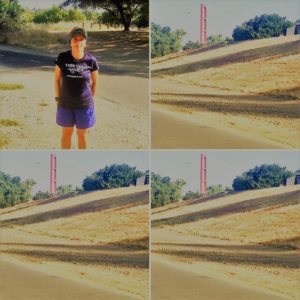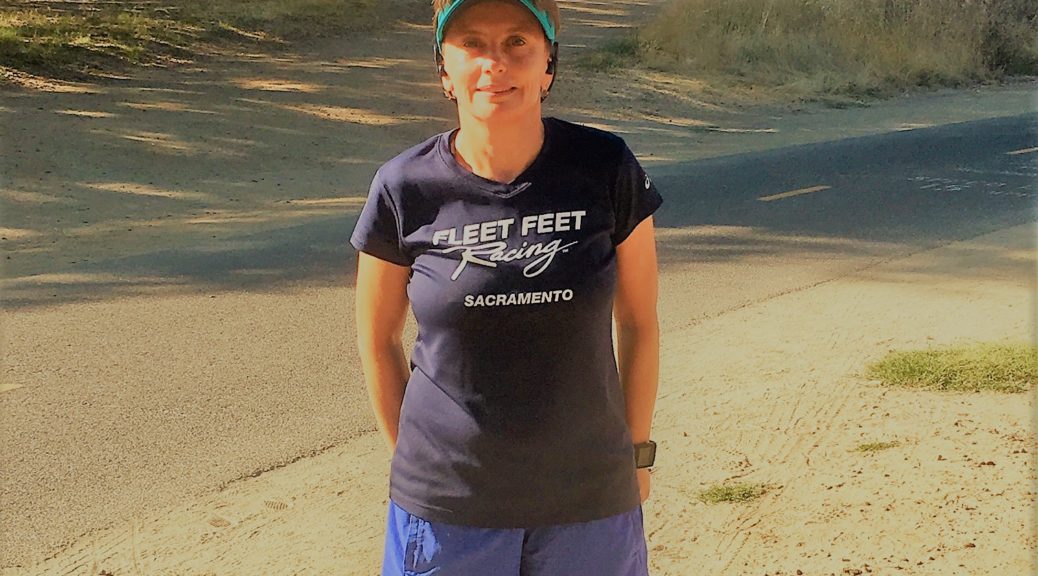Ever since I became a runner, I held onto the false belief that I had to run strong in the beginning while having fresh legs and just try to keep steady at the end, which almost never happened, as I normally slow down. My preconceived ideas about running this way changed due to my amazing and super positive running coach Robert Ressl-Moyer, who provides me with a personalized training plan and who made me excited about progressive runs and hill workouts.
I am very lucky and grateful to have two excellent coaches for my upcoming California International Marathon that I will run on Dec. 3rd trying to qualify for Boston: our Fleet Feet Racing team coach, Chad Worthen, whose marathon personal best of 2:22 in 2002 qualified him for the 2004 U.S. Olympic Trials in Birmingham, AL and who is an outstanding athlete and coach training over 200 athletes, and Robert, a terrific marathon and ultra-marathon runner, who finished the San Francisco Marathon 10th overall in 2:46:45 in July this year.

What are progressive runs? First, let’s look at the definition of the word progressive, as I am sure you would want to become a more progressive person and runner.
Progressive means:
- Favoring progress.
- Making progress and moving forward.
- Continuous improvement.
- Relating to progressive education.
When applied to running, we all understand that progressive means increasing speed with each mile that we run. We start slower and we make each mile faster. When applied to life, being progressive simply helps us become more open to changes. Additionally, we don’t mind making sacrifices to constantly improve physically, emotionally, intellectually, and spiritually.
Until this month, progressive runs meant running three miles faster, which did not seem too hard to do. Yet, when I received my new training schedule from Robert and saw progressive runs of 10 to 12 miles, I cringed. I did not think I could execute them, but being the problem solver that I am, I immediately jumped into action and turned on my Strava to talk to me every half a mile so that I can adjust my pace. That made me feel a little better, especially since I have difficulty staying at a slower pace in the mid 9s. My tendency is to run faster, so starting slower and increasing the pace for so many miles was definitely new territory, but I was ready for the challenge.
Today, on the bike trail I executed my 10-mile progressive run perfectly, even though I had to constantly adjust my pace, as I kept running too fast. I started the workout with a positive mindset at 9:50 pace and worked down all the way to 7:44 pace, feeling like a sculptor who chisels a piece of wood to give it the perfect shape.


As I kept running and counting down the miles, I realized that this 10-mile progressive run is a perfect training tool for half marathons. I loved it and continued running and writing in my head as I often do.
Here are the five reasons why progressive runs make you stronger and faster:
- They help you hold onto your pace, or even run faster on race day.
- They prepare the body to run stronger when fatigue kicks in.
- They increase mental toughness in runners of all levels and abilities.
- They help you tune in and feel the pace.
- They turn you into a more disciplined, patient athlete and human being.
Next adventure: doing a 12-mile progressive run.
For more info on running, training programs, or hiring a coach, feel free to check out Fleet Feet store, as they have the right training for everyone.
For more info on running and real estate, whether buying or selling, please e-mail me at carmenmicsa@yahoo.com, or call me at 916-342-2446. Running for real estate with joy!

